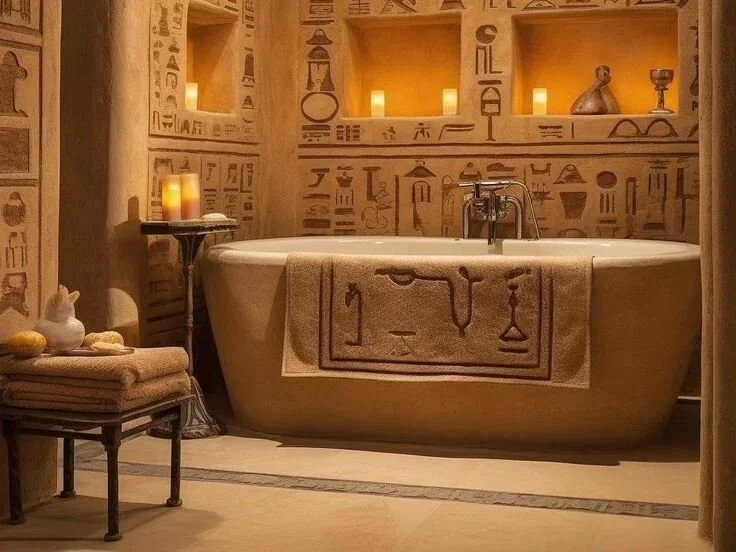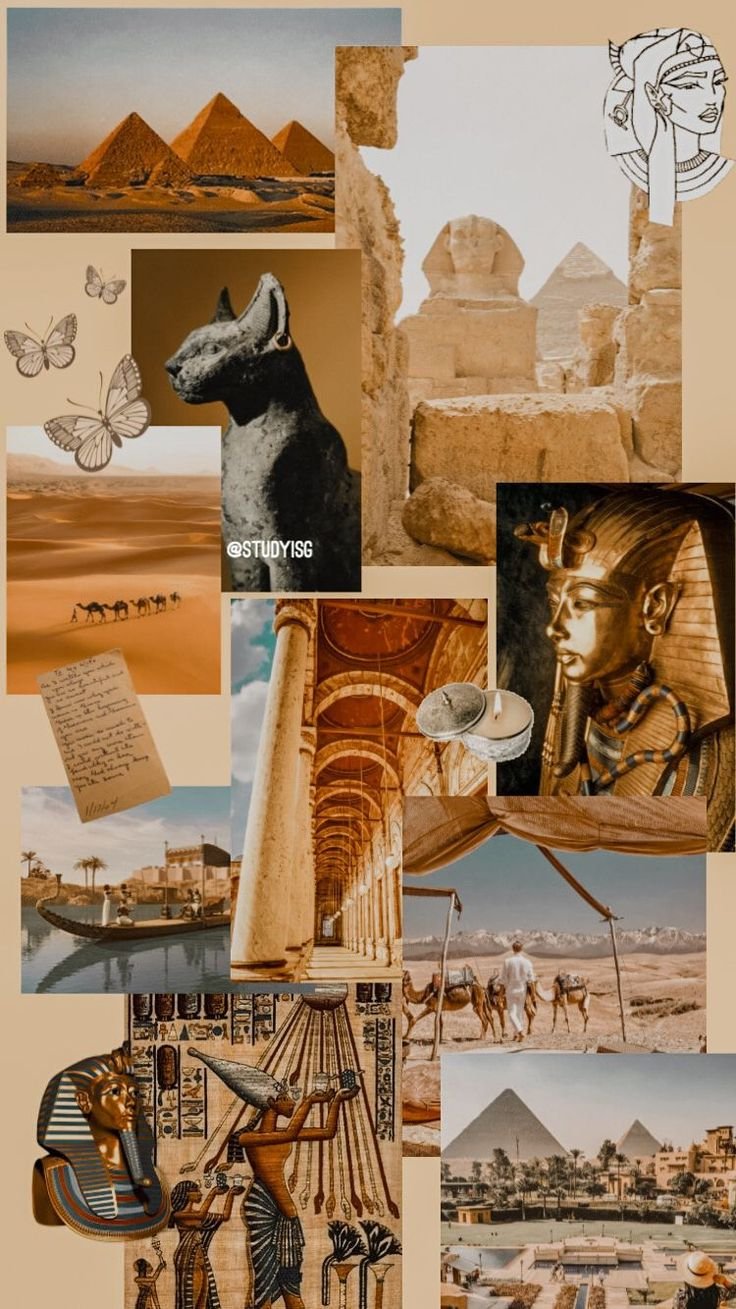Unveiling the Ancient Art of Sugaring Hair Removal: A Journey Through History
In the realm of beauty rituals and hair removal methods, sugaring stands out as an ancient practice with deep historical roots. Originating in the cradle of civilization and evolving across cultures and centuries, sugaring has left an indelible mark on the world of grooming and self-care.
Origins in Ancient Egypt and Mesopotamia
The history of sugaring can be traced back to ancient civilizations like Egypt and Mesopotamia, where grooming and beauty rituals were highly valued. In ancient Egypt around 1900 BC, both men and women used a simple paste made from sugar, water, and lemon juice to remove unwanted hair. This early form of sugaring was not only effective but also aligned with the Egyptians' preference for using natural substances in their beauty routines. Meanwhile, in Mesopotamia, women used depilatory creams made from arsenic sulfide and quicklime for hair removal, showcasing the diversity of early techniques.
Spread and Evolution in Greece and Rome
As civilizations flourished and trade routes expanded, the art of sugaring spread to ancient Greece and Rome. Greek historians like Herodotus and Strabo documented the use of sugaring by Persian women, highlighting its effectiveness and simplicity. In Rome, sugaring became a popular method of hair removal, alongside shaving with razors made from flint or bronze and using depilatory creams made from resin and pitch. The evolution of sugaring during this period reflected changing beauty ideals and cultural influences.
Influence in the Middle East and Asia
During the Islamic Golden Age, sugaring gained prominence in the Arab world and the broader Middle East. Scholars like Al-Zahrawi documented the refinement of sugaring techniques, which became an integral part of beauty rituals in these regions. Sugaring also found its place in various Asian cultures, with threading and other hair removal methods being practiced alongside traditional sugaring techniques.
Renaissance Europe and Beyond
With the decline of ancient civilizations, hair removal practices in Europe evolved and were eventually revived during the Renaissance period. Wealthy individuals used tweezers and depilatory creams to manage unwanted hair, influenced by cultural exchanges and explorations. The history of sugaring continued to weave its way through the fabric of beauty rituals, leaving a legacy that transcended time and borders.
Modern Resurgence and Global Appeal
In recent years, sugaring has experienced a resurgence as people seek natural and eco-friendly alternatives to traditional hair removal methods. Sugaring paste, made from simple ingredients like sugar, water, and lemon juice, has gained popularity for its gentle effectiveness and minimal risk of skin irritation. Beauty enthusiasts around the world are rediscovering the ancient art of sugaring and embracing its timeless benefits in the quest for smooth, hair-free skin.
Embracing Tradition in a Modern World
The history of sugaring hair removal is a testament to the enduring quest for beauty and self-care that spans civilizations and centuries. From ancient Egypt to the present day, sugaring has remained a symbol of natural beauty and cultural heritage. Next time you consider your hair removal options, remember the ancient origins of sugaring and the rich tapestry of history that accompanies this timeless beauty practice. Embrace tradition in a modern world and experience the gentle magic of sugaring for yourself!


